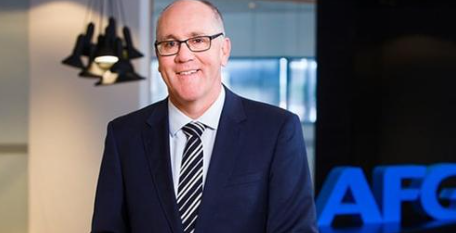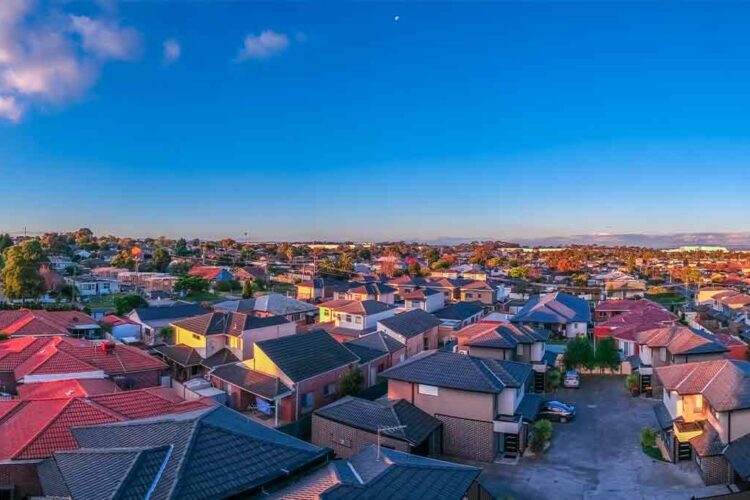With the Reserve Bank of Australia (RBA) bracing to meet next Tuesday (4 July), could the latest Consumer Price Index (CPI) spell good news for borrowers?
According to data from the Australian Bureau of Statistics (ABS), the CPI rose 5.6 per cent in the 12 months to May, down from the 6.8 per cent figure recorded in April.
Hayden Groves, president of the Real Estate Institute of Australia (REIA), believes “the latest figure confirms the overall trend down in inflation from the December 2022 figure of 8.4 per cent”.
“The annual movement for the monthly CPI, excluding the volatile items of fruit and vegetables, automotive fuel, and holiday travel and accommodation, rose 6.4 per cent in May, down from 6.5 per cent in April,” he explained.
Michelle Marquardt, ABS head of prices statistics, revealed this month’s increase “is the smallest increase since April last year”.
Despite noting prices have continued rising for most goods and services, she warned that “many increases were smaller than we have seen in recent months”.
He described the most significant contributors to the annual increase in the May monthly CPI indicator as “housing (up 8.4 per cent), food and non-alcoholic beverages (up 7.9 per cent), furnishings, household equipment and services (up 6 per cent), and transport (7.1 per cent)”.
Notably, the annual increase for the housing group was lower than it has been for the previous five months.
In line with trends many in the industry have seen play out, rents have continued rising, with the CPI reporting an annual increase of 6.3 per cent in May, up 0.2 per cent on April’s results. Both rising interest rates and dwindling supply are responsible for their persistent rising.
Despite rising rents remaining a “continuing challenge and contributor to cost-of-living concerns”, Mr Groves insists they “should be seen in a historical context”.
“For the 10 years to the March quarter, rents, based on ABS data, increased by 13 per cent whereas the CPI increased by 29.5 per cent. In that time there were five years when rents didn’t move at all,” he explained.
“Advocates of a ‘CPI plus cap’ on rents purporting to be the ‘renters’ friend’ should keep in mind that tenants would have been worse off over the past decade had a ‘CPI plus’ approach been in place,” Mr Groves said.
Having moved past the peak reached towards the back end of last year, the president is urging Australia’s central bank to “stop further increases on interest rates and avoid the serious risk of tipping the economy into recession”.
Mr Groves’ warning sounds incredibly similar to one sounded in May by Shane Oliver, the head of investment strategy and chief economist at AMP, which was previously covered on REB. You can read Mr Oliver’s position here.


